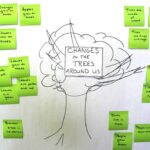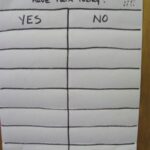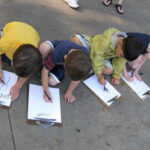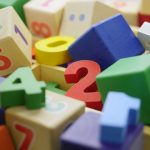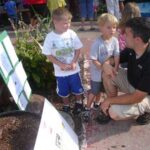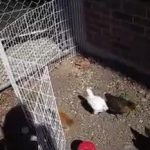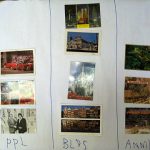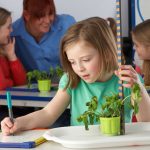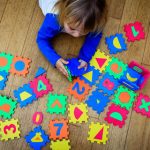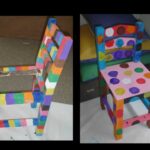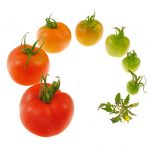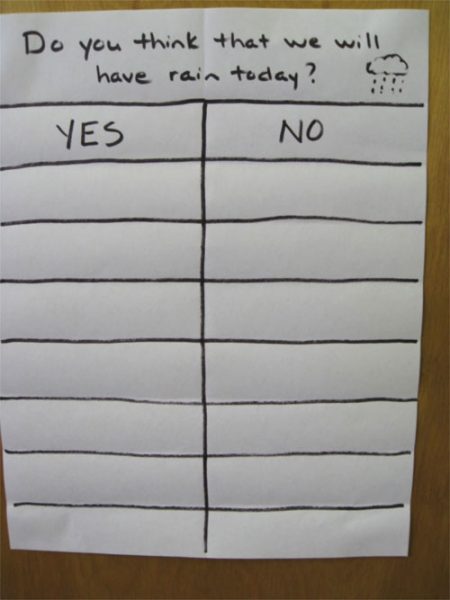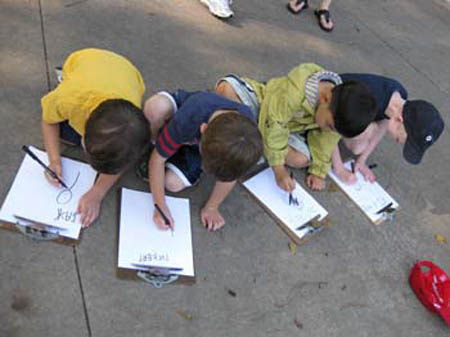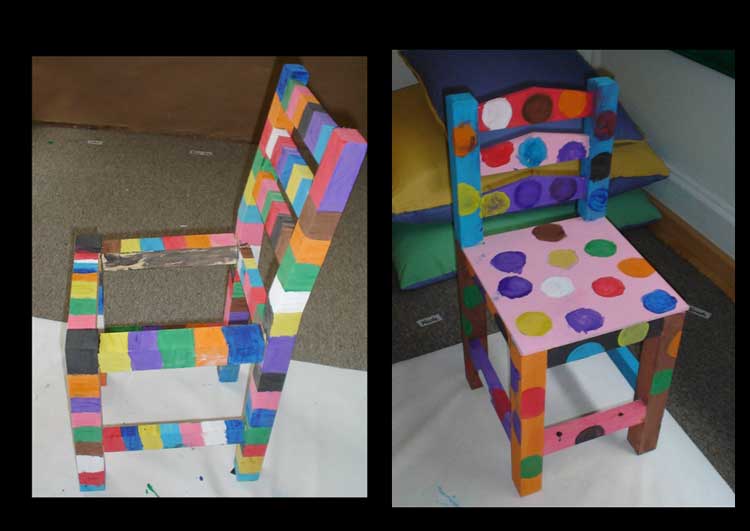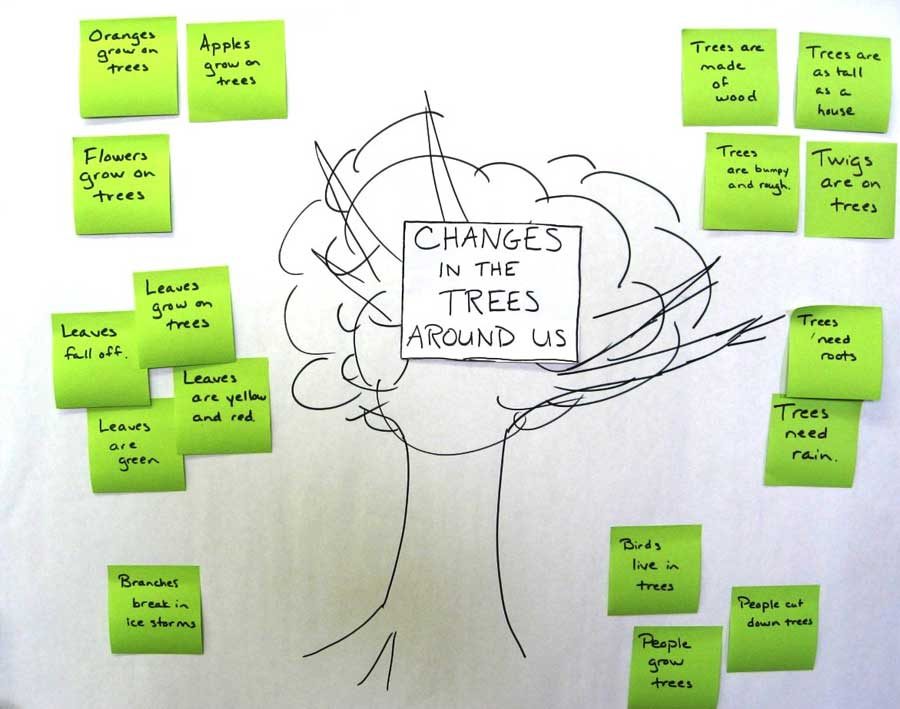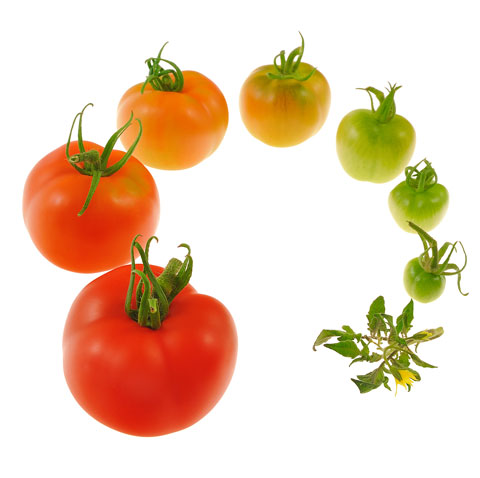IELDS Standard: 6.D.ECb
-
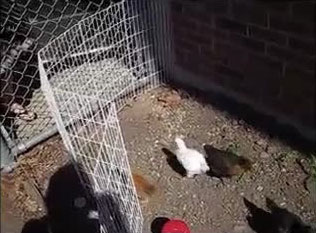
Observing Chickens on the Playground
Teachers have given children an opportunity to observe chickens during free play, after first having arranged some activities that allowed the children to become somewhat familiar with the chickens in another setting.
-
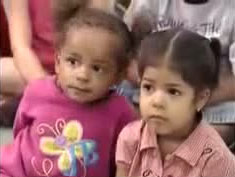
Bouncing Balls
During circle time, the children played a guessing game about balls.
-
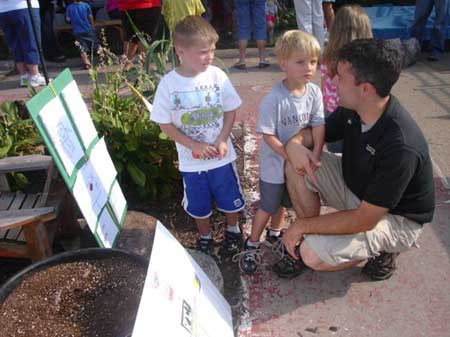
Math and the Project Approach
Young children develop math competencies when their teachers know what math concepts and skills young children are most likely to be ready to learn and should know (Illinois State Board of Education, 2013) and when teachers know where each child’s individual level of progress and performance is in relation to mastery of those competencies.
-
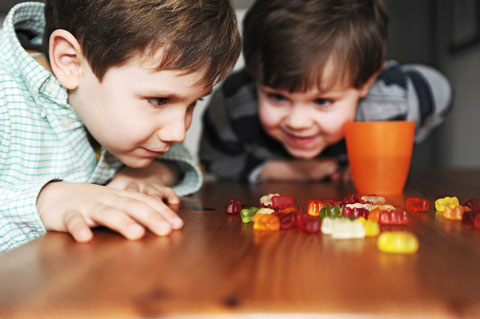
Path to Math: Word Problems for Preschoolers
Children as young as 3 may enjoy solving simple word problems.
-
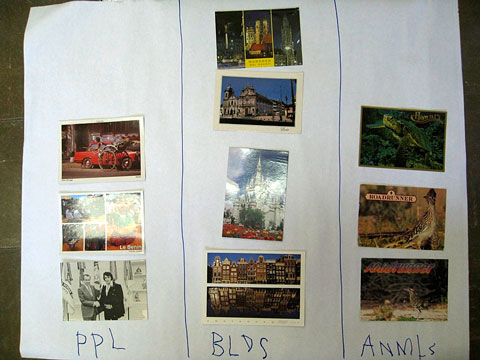
Path to Math: Real Graphs for Preschoolers
Graphing can be a way for 4- and 5-year-olds to apply what they know about classification, counting, and one-to-one correspondence.
-
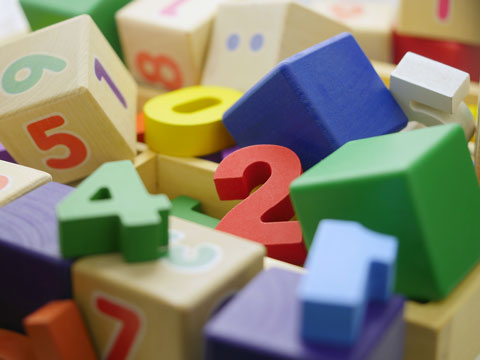
Path to Math: More Numbers
Here are some ways to help older preschool children learn more about numbers.
-

Path to Math: Measurement with Young Children
Measurement activities can help young children understand basic math concepts and learn life skills.
-
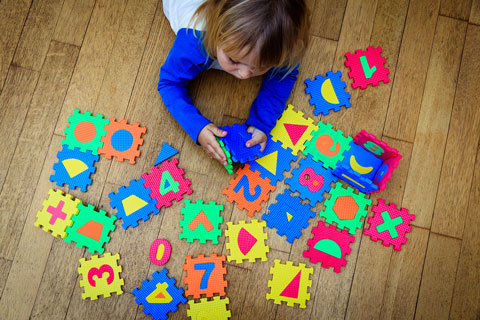
Path to Math: Beginning Numbers
Here are some ways you can help preschool children learn about numbers.
-

Learning Math Through Games
Playing active games is fun for most children, and it can build a strong sense of community in a classroom.

